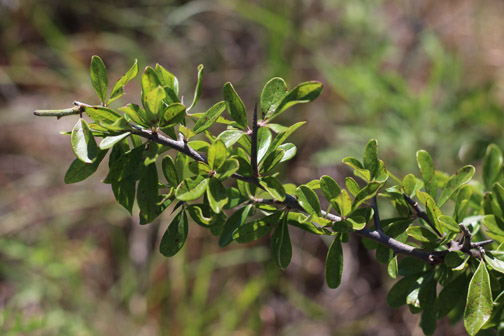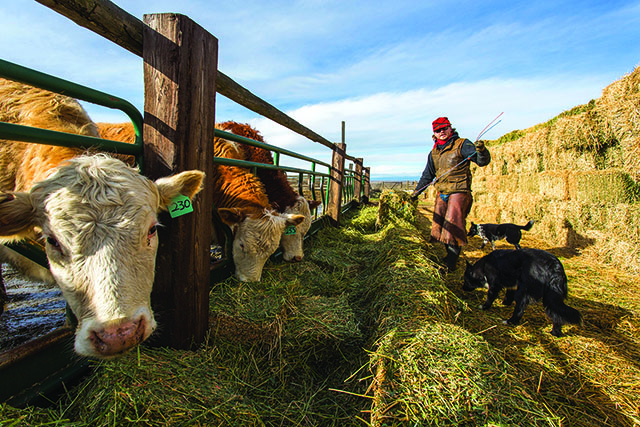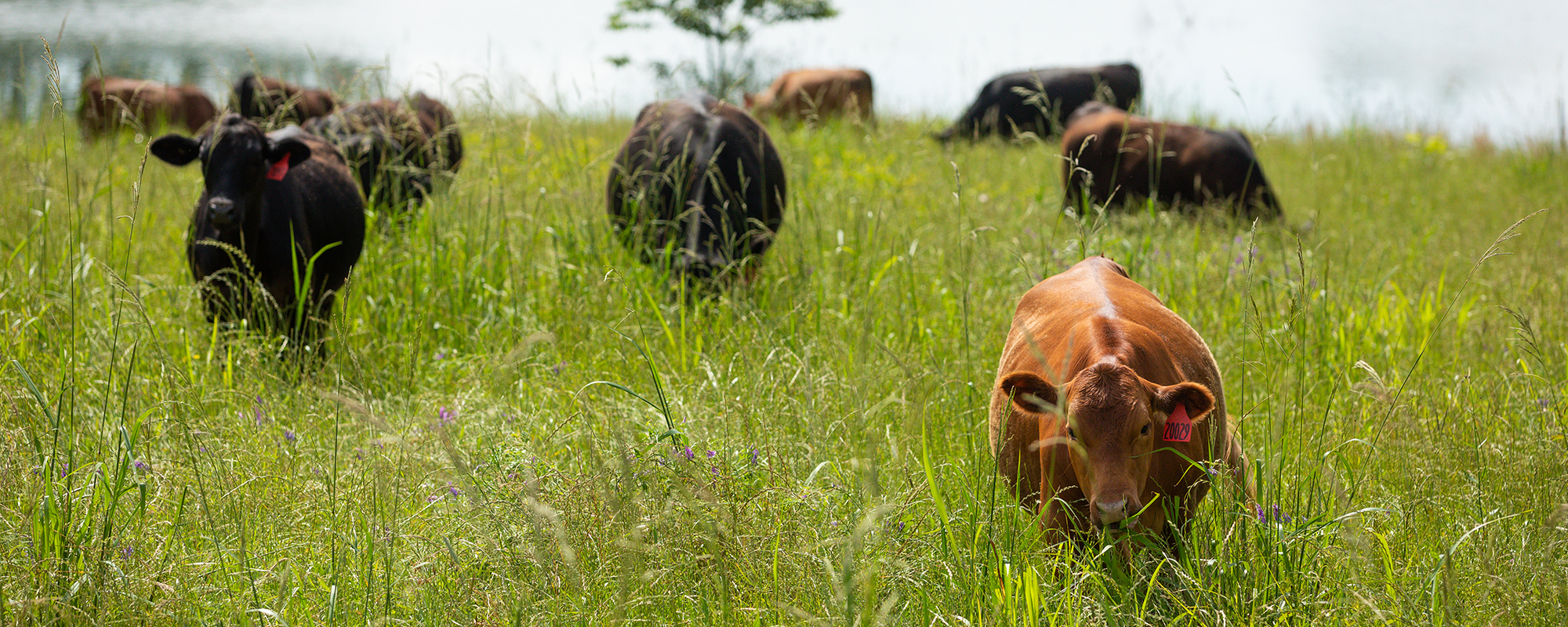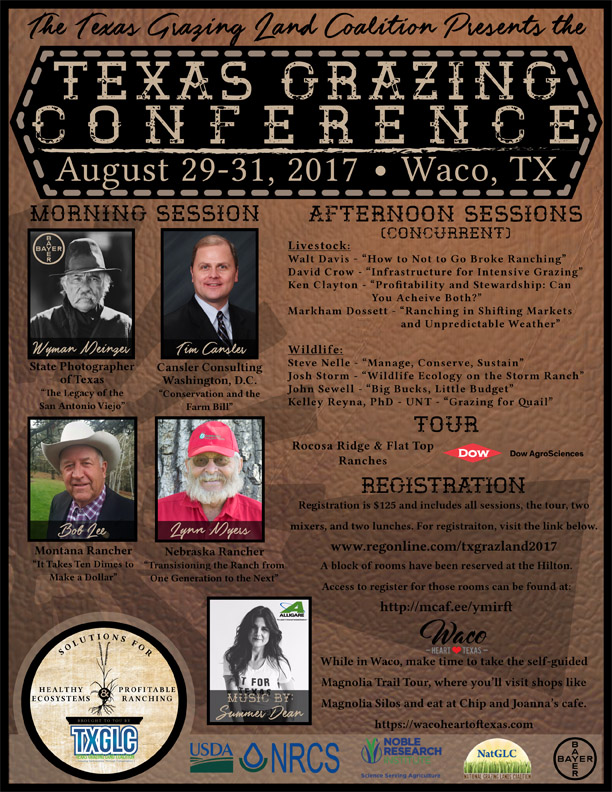HOME
Grazing North Texas – Bumelia

By Tony Dean
Bumelia is one of our more important wildlife browsing plants, but it is not particularly well known by many ranchers. It does, however, have a long list of common names, including Chittamwood, Gum-elastic, Wooly-bucket bumelia, Gum bumelia, Woolly buckthorn, and others. It is native to much of the southern United States, including most of Texas except the extreme north and western parts of the state. This rangy shrub or small tree is usually found as a bush growing 12 to 18 feet tall or less. It can, however, under ideal growing conditions, reach 45 feet in height. I have seen a Bumelia about 30 feet tall growing along the Red River in Northern Clay County.
Bumelia is a perennial root-sprouting shrub. It is often found as a single plant or group of two or three plants, but can be found in larger colonies.
The thick branches can form a good cover for many forms of wildlife, including quail. The trunk will often be straight, with many zigzagging branches. The bark is usually blotched dark grey and reddish-brown and the short branches have spine-tipped branchlets that resemble thorns.
The leaves are clustered on the short branches and are dark green on the top and lighter green on the bottom.
Bumelia often retains its leaves for extended periods and is considered a semi-evergreen. The flowers are tiny white in clusters growing at the bottom of the leaves, and the fruit is a green berry that turns shiny black. The crude protein for new leaves can reach 20 percent to 25 percent in spring and mature leaves in the fall can be at 14 percent. Cattle will browse on the shrub at times, but sheep, goats, and deer are usually heavy users.
To read more pick up a copy of the July 2017 NTFR issue. To subscribe call 940-872-5922.
The 2017 Texas Grazing Land Conference, sponsored by TXGLC and others, is scheduled for Aug. 29-31, 2017, in Waco, Texas, at the Waco Convention Center. The conference is entitled “Solutions for Healthy Ecosystems and Profitable Ranching,” and will feature practicing ranchers and others sharing what works for them in sustainable ranching. Wyman Meinzer, State Photographer of Texas, will entertain with “The Legend of San Antonio Veijo.” Other speakers will include Walt Davis on “How Not To Go Broke In Ranching,” Ken Clayton addressing “Profitability and Stewardship: Can You Achieve Both?” Dr. Kelly Reyna on “Grazing for Quail,” and others addressing range and wildlife questions. The meeting will conclude with a tour of two area ranches. Go to ww.texasglc.org for meeting details and registration information or follow the link www.regonline.com/txgrazland2017.
HOME
Farm and Ranch Injuries

By Barry Whitworth, DVM
In January, I attended the Oklahoma Veterinary Conference. While waiting for one of the sessions to start, a classmate of mine commented how many of the attendees walk with a limp, used a cane, and/or have damaged hands. We all agreed that working with animals is hard on the body. In general, anything associated with farming and ranching is dangerous.
Most farmers and ranchers know that agriculture is a dangerous occupation. According to United States Bureau of Statistics, workers involved in agriculture, forestry, and fishing had the highest occupational fatality rate in 2022. The fatality rate of 23.5 per 100,000 full-time equivalent (FTE) workers for this group is much higher when compared to the overall occupation fatality rate of 3.7 per 100,000 FTE. Most of the agriculture-related fatalities are associated with transportation, such as tractor overturns, and vehicle crashes, but a fair number involve livestock.
To read more, pick up a copy of the March issue of NTFR magazine. To subscribe by mail, call 940-872-5922.
HOME
Jesses Jewelz

By Jesse Kader
Comfy and keep it western. That’s the name of the game this month. It’s hot and who wants clingy clothing? This jumpsuit is perfectly comfortable and relaxed without forfeiting the fashion. Dress it up or keep it casual. See this and more at www.jessesjewelz.com.
HOME
Noble Research Institute Expands New Program Offering Farmers and Ranchers the Essentials of Regenerative Ranch Management

The educational program has been expanded to three new locations, empowering ranchers and farmers to monitor and improve the health of their land, livestock and livelihood through regenerative principles.
ARDMORE, OK–September 12, 2023 – Noble Research Institute announced the expansion of Essentials of Regenerative Ranching, a new educational program designed to help ranchers enhance and restore the land, making it more resilient and reaching livestock grazing goals through regenerative management. Essentials of Regenerative Ranching provides producers with practical tools, hands-on experience and guidance to make data-driven decisions to decrease costs and improve profit.
The Essentials of Regenerative Ranching course has been expanded to three new locations in Texas and Oklahoma. Registration is open now at www.noble.org/essentials. Seating is limited, so early registration is recommended.
Texas A&M
College Station, Texas
October 17 – 18
O.D. Butler, Jr. Animal Science Complex
Noble Research Institute
Ardmore, Oklahoma
October 31 – November 1
Pavilion Center
Texas A&M
Kingsville, Texas
November 7-8
Caesar Kleberg Wildlife Center
“Program participants gain working knowledge and experience of monitoring and improving the health of their soil, grazing livestock more strategically and making informed financial decisions,” said Hugh Aljoe, Noble Research Institute’s director of ranches, outreach and partnerships. “We use a mix of classroom and field work to send producers home with the tools they need to begin making changes on their ranch.”
Farmers and ranchers navigate uncertainty from weather, fluctuating market prices and escalating costs of inputs. Many producers are seeking new tools that offer greater control and reduce their operational uncertainty. Through this course, ranchers and farmers will calculate their financial situations, determine initial stocking rates, carrying capacity and grazing goals.
“The course is well-suited for ranchers of all experience levels and all types and sizes of operations,” Aljoe added. “No matter your situation, this program will transform the way you think about your ranch.”
The Essentials of Regenerative Ranching program allows producers to overcome obstacles, become more informed problem-solvers and increase the productivity of their grazing lands. By participating in this program, ranchers join a community of like-minded producers who are shaping the future of ranching and leaving a lasting impact on their land and families. “If I had known what I learned in this course when I started my regenerative journey, I could have avoided some key mistakes,” said Tana McCarter, a rancher, and Essentials attendee. “I left with the tools I needed to monitor my soil health and financial progress. I’ll now have the right data to make informed decisions on how to meet my regenerative goals.”
Noble Research Institute is an independent nonprofit agricultural research organization dedicated to guiding farmers and ranchers in applying regenerative principles that yield healthier soil, more productive grazing land, and business success.
At Noble, researchers, facilitators and ranch staff work together to share with farmers and ranchers the skills and tools to regenerate the land in a profitable manner. Noble is focused on the regenerative management of the nation’s grazing acres, which directly impacts pasture and range environments, wildlife, pecan production, and livestock production. Regenerative management recognizes that each decision made on the ranch impacts the interactions of the soil, plants, water, animals, economics and people. Noble’s 14,000 acres of working ranch lands provide a living laboratory on which to demonstrate and practice regenerative principles and ideas to deliver value to farmers and ranchers across the U.S.
-

 Country Lifestyles1 year ago
Country Lifestyles1 year agoScott & Stacey Schumacher: A Growth Mindset
-

 Equine7 months ago
Equine7 months agoThe Will to Win
-

 Country Lifestyles7 years ago
Country Lifestyles7 years agoStyle Your Profile – What your style cowboy hat says about you and new trends in 2017
-

 Country Lifestyles4 years ago
Country Lifestyles4 years agoAmber Crawford, Breakaway Roper
-

 HOME7 years ago
HOME7 years agoGrazing North Texas – Wilman Lovegrass
-

 Country Lifestyles7 years ago
Country Lifestyles7 years agoDecember 2016 Profile, Rusty Riddle – The Riddle Way
-

 Country Lifestyles8 years ago
Country Lifestyles8 years agoJune 2016 Profile – The man behind the mic: Bob Tallman
-

 Outdoor9 years ago
Outdoor9 years agoButtercup or Primrose?







